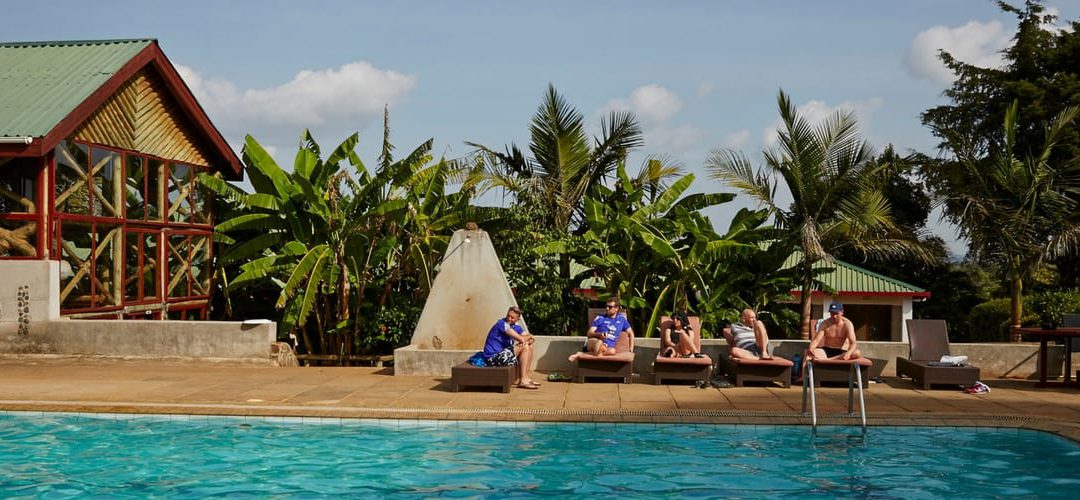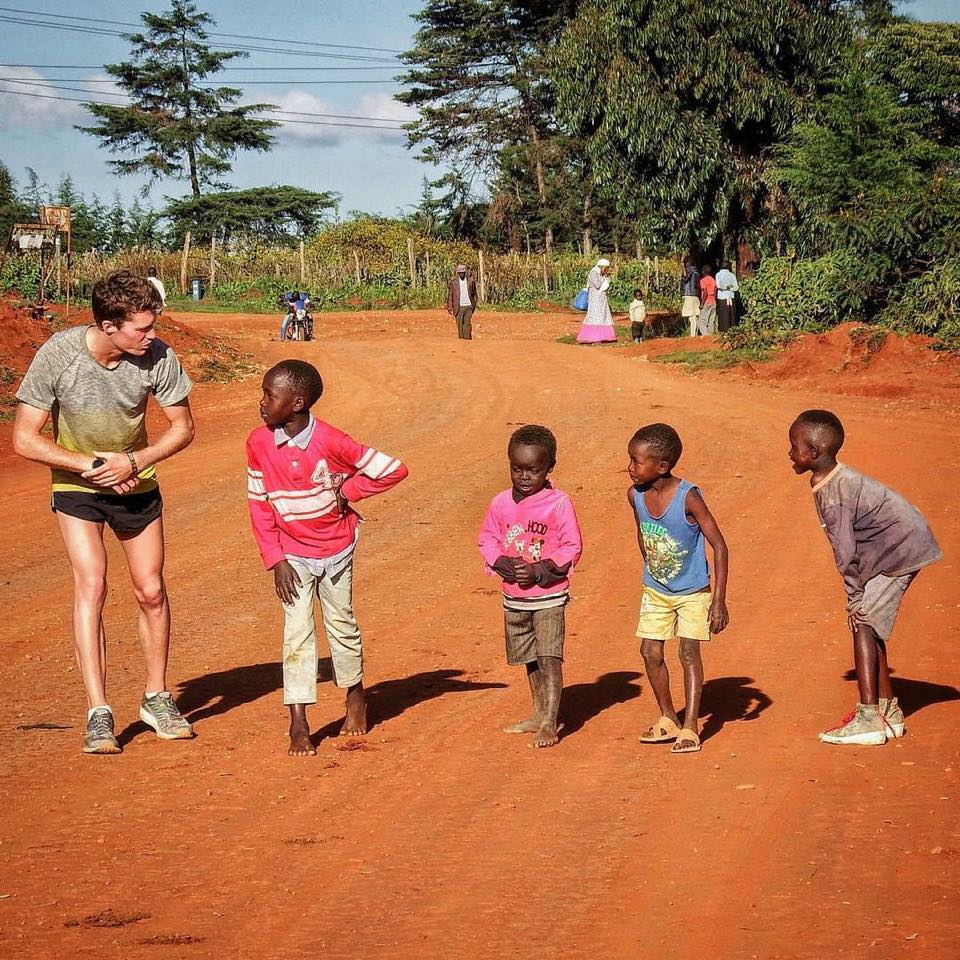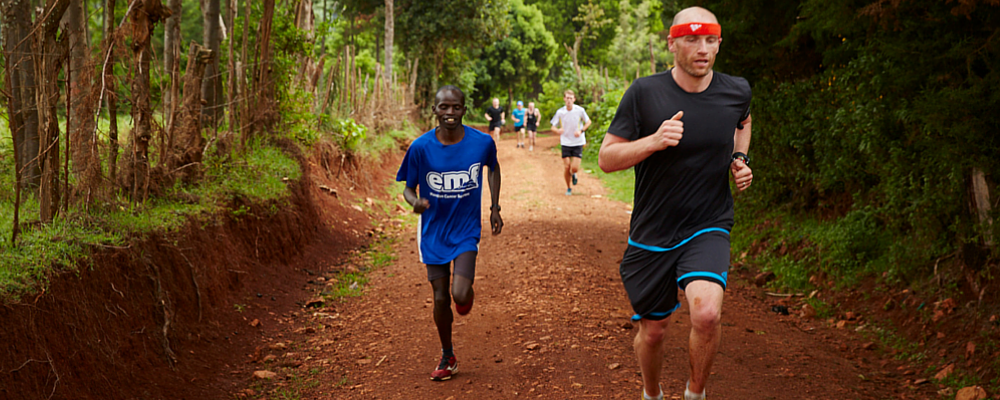This blog focuses on recovery for runners. This is part two of a two part series on adaptation to training and recovery for distance runners.
You can find part one here.
As a follow up to my blog on the adaptation process, I now want to look at 3 distinct periods of time where we, as distance runners, should be considering our recovery and it’s effect on adaptation.
When we talk about rest and recovery from training there are various timescales to consider. In this blog we will discuss 3 of them. First up, recovering from individual training sessions. Secondly, incorporating rest days or short rest periods within training cycles (or weeks). And finally, longer (planned) rest periods between training cycles or after big target races such as a marathon.
Immediate Post Workout
Considering how you recover from your training is arguably as important as the training itself. You can train as hard as you like but if the body does not recover optimally you will not get the benefits you’re looking for. Subsequently, just as you aim to have a “good quality session” you should also plan for a “good quality rest” too. For the vast majority of us, this is the tricky part. The ideal situation would be to complete your training and then return home where you can nap, eat and put your feet up. Allowing your body all the time and energy it needs to recover. Indeed this what most professional athletes will do and is certainly what I have been exposed to in the training camps in Kenya where rest is a very serious business. But for the majority of us mere mortals who don’t have the luxury of time, what can we do to help our bodies recover from those gruelling workouts? We live busy lifestyles, with work, families to look after and such, these are important aspects of real life. So rather than bemoaning the fact that we cannot do ‘the ideal’, the question instead becomes ‘what can we do?’. That’s what I want to consider now.
In part 1 we looked at some of things which happen physiologically during a tough workout; tissue damage, depletion of glycogen stores and such. One of the key things you can do to kick start the recovery process is to ensure you have something to eat and plenty to drink in the immediate period following training. It is via effective refuelling that your body can get to work on repairing and rebuilding. Look to take in plenty of carbohydrates and electrolyte rich fluids to replace those used during training. You’ll also need to consume a source of protein to aid the recovery of damaged muscle tissue.
There are some pretty good sports recovery drinks out there that will help with this, but in my experience a good well balanced meal as soon as possible after training does the trick as well!
If time is against you, or your stomach doesn’t fancy a large meal post training you are not alone. Another option instead of a meal or a commercial sports/recovery drink is to make your own in advance. You can easily whip up your own smoothie in advance and have it available for immediate post run consumption. A quick online search will turn up numerous options you can select depending on your preferences. Chances are that these will work out both cheaper and minus a lot of the unnecessary ingredients (such as refined sugars) which can be found in commercial recovery drinks anyway.
Once you’ve taken on the right fuel it’s all about time and rest. Many professional athletes will try to take a nap shortly after training to optimise the body’s recovery process. If you can spare half an hour this is a great option. If you don’t have time for this just remember the human body is great at adapting and recovering, so focus on what you can do to help it on its way. Try to stay off your feet, desk jobs for all their criticisms, are not your worst enemy in this regard, just sitting is a better option than standing or walking when it comes to recovery. Take the lift instead of the stairs, get your friend to grab the coffees so you don’t have to walk to the café etc. It may sounds kind of petit, but little things like that will add up to help you recover, meaning that you are as fresh as possible for your next workout.
Weekly Rest Days
Incorporating rest days into your program is an absolute must. In Kenya, the vast majority of world class athletes will take one full rest day per week (usually a Sunday). This is adhered to as an important part of their training. The Sunday rest day is almost as ingrained in Iten folklore as the Thursday Fartlek. So much so, that running in Iten early on a Sunday morning is a somewhat erie experience. The complete lack of runners in stark contrast to the scenes from Monday to Saturday.
The amount of rest you need depends on a number of factors, firstly your running experience and ability must be taken into account. Elite athletes will recover very efficiently and can cope with the fatigue better than beginners. I would argue that a beginner runner will see a greater benefit from doing 3 good quality sessions per week with good quality rest between them vs 6 sessions where they are feeling exhausted and aren’t mentally focused on the task. As you begin to adapt to the training and recover more efficiently we can then start incorporating ‘easy runs’ and other forms of training in between. Once again, it comes down to the quantity vs quality argument – quality training is only possible when the body is sufficiently rested and ready to perform at its best.
For well trained club runners, a scheduled weekly rest day rather than trying to train every day is my strong advice. The benefits of the rest outweigh the possible benefits of a few extra miles. Especially when this is added on top of a full time working schedule.
Rest days are best placed before or after hard sessions. This will ensure that you are able to recover from the workout and be ready for the next one.
What about unplanned rest? Will I lose fitness if I take an extra rest day?
From the graphs in part 1 we can see that it’s actually very difficult to rest too much, it takes a long time to loose fitness by resting alone. At worst you will slowly return to your base fitness level. On the other hand, it’s very easy to train too much without enough rest and experience detrimental effects. Listening to your body is an extremely important part of training and something that I think Kenyan runners do very well.
I often refer to Brother Colm’s training principles when writing articles and this is another great example of what he teaches. All of the athletes in his uber elite training group in Iten Kenya, are masters at understanding their bodies. Thus, they know when they need to rest. But this takes practice and you must realise that listening to your body and understanding it are two very different things.
Understanding when you need an extra rest day is difficult but if you are feeling particularly tired or fatigued then nothing bad can come of a rest, so if you are unsure then the conservative option is usually the better one. Of course, finding a balance between getting enough rest to perform at your best and so much rest that you struggle to fit all the desired training in is very tricky, something that even high level athletes and coaches struggle with. Learning what your body needs and when it needs it, comes with experience and a lot of trial and error.
So… Unfortunately, I don’t have the set formula for you. The point of this article however, is to drive home the message that the power of rest should not be underestimated.
End of season or prolonged planned breaks
There are several examples of how powerful rest can be if incorporated correctly into a training program. Brother Colm, coach to David Rudisha, told me that he will usually take 3 months off every year after the track season from September to December. During this time he rests, plays some other sports and occasionally goes for a light jog if he feels like it. This is the same for several of the elite athletes who train with Brother Colm and the St Patricks High School set up. Then come the summer track season they are at a world class level. Whilst this 3month off season break is one of the longer I have come across, there are numerous examples of the highest level elite athletes taking significant down periods. When Mo Farah was in Albertto Salazar’s Nike Oregon Project training group, it was widely reported that they would take two 4 week rest periods each year.
As a personal example, one of my best ever track seasons came after a winter when I had a serious illness that meant I was hospitalised and couldn’t walk for 3 months. A rather extreme example of ‘rest’perhaps, but 5 months later I ran several pb’s and won races which I previously hadn’t even featured in. Perhaps the mental and physical timeout from the sport had allowed my body time to find new energy and focus for running.
A favourite quote which I often refer to is comes from US half marathon record holder Ryan Hall who said;
“I constantly remind myself that resting takes confidence. Anyone can train like a madman but to embrace rest and allow the hard training to come out takes mental strength”
When I feel tired that training isn’t going the way I know it should be I refer to this quote to stop me from over training and make the sensible decision. Remember that recovery is part of training!
I hope that this two part blog on recovery has at the very least, given some food for thought on an oft neglected topic amongst runners. Try a few of these suggestions out and just see how you feel. It’s so hard to remember that training for endurance running is not all about pushing harder harder harder. However, the runners amongst us who manage to prioritise recovery and adaptation as well as hard training are the ones who are going to come out on top in the long term.
Thanks,
Callum
About the author
Callum Jones is an engineering master’s graduate of the University of Bristol and middle distance runner who has spent long periods of time training in Kenya. He began working for the Kenya Experience in October 2017.
“I’ve been an aspiring distance runner for the last 10 years and worked hard to improve my times year after year. Training in Iten was an incredible experience for me, it really took my running and love for the sport to a new level and opened my eyes to a whole new mentality towards training. Working for Kenya Experience is fantastic as I can offer my knowledge of the sport and insight into the Kenyan running culture with our guests.”
About Us
The Kenya Experience – Running Camps in Iten Kenya for all runners
Our running camps provide an inspirational location, expert coaching and a supportive group environment for runners of all levels.
With an emphasis on ‘doing it the Kenyan way’ the camps include guided runs, practical workshops and an exciting itinerary outside of the actual training itself which will immerse you inside the Kenyan running scene. You will meet and learn from top Kenyan runners & coaches and interact with the local community in Iten under the guidance of our expert staff.
Want to know more? Click here for details on our training camps




Recent Comments